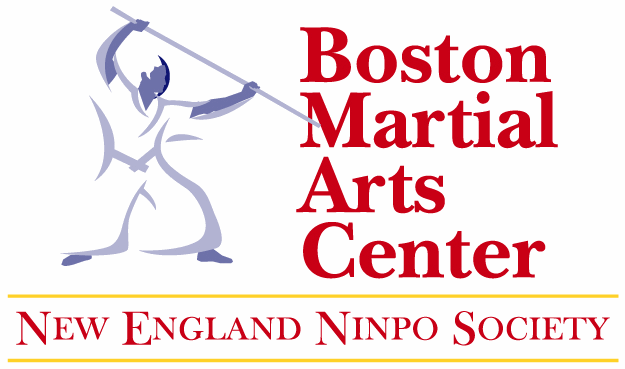The arts of self-defense and martial arts are a study in human nature. If you look at why martial arts were created, you can begin to understand the base of primal human nature. Throughout time human beings had specific needs – whether it be to eat, sleep, shelter or defense. In our industrialized age these needs have not changed. We find ourselves protecting ourselves against local predators as well as global predators.
Self-defense developed out of a need for defense; these methods included studying not only physical but also psychological defense. There had to be a way to pass on thousands of years of personal and group defense in an orderly way. This became known as martial or war arts. These were generally passed on orally from tribe to tribe or family to family and in recent history (the last five or six hundred years) they were found documented in various kinds of media. This shows the serious nature of the study of personal protection over time. Without the passing on of information, these tribes or families were destined to repeat the same errors that occurred with their ancestors – loss of resources, life and in some cases whole generations. Whole civilizations were changed through the use and misuse of these arts.
What I’d like to talk about today is the base of self-defense that has not changed since time itself. Self-defense included things like awareness of the weather, political climate, resources, motivations and ambitions of the tribes or families. Today these have not changed. If one studies weather patterns, rain and snow tend to reduce, but not eliminate, crime on the street. The desire for money, narcotics, personal power are also all things that motivate the ambitions of a predator.
What we have to do as practitioners is create situations where the predator will have limited access or control to these things. If we go back, study and look at martial arts as they were passed on through history we can review the lessons of the ancestors or families of these systems and extract necessary information to keep us safe in today’s society. If we look at an ancient document of the Tenmonchimon as an example, it speaks of weather patterns, timing, movement and flow. So by extracting and studying this information from these old documents we can gain a perspective of personal protection that can only be acquired through the study of martial arts.
For instance timing: there are good times and bad times of the day to travel. Personal crimes like robberies, muggings, hold ups etc. tend to be less during rush hour when its very busy but a few hours before or an hour and a half after rush hour are times when the streets are vacant – everyone is at their destinations. These are times when the predators start to practice their crafts. Knowing about this timing can help us understand when good travel times are and when times tend to be riskier. We come home from work and find a robber has ransacked our house. If one just looks at the statistics put out by the justice department or by asking local law enforcements you will see that a majority of robberies occur during times when we are safely at work.
As you can see, we have only taken one element of traditional martial history (and just in this one example) we can notice how vast the application is to our daily activities. Remember that the first and most important point about self-defense or martial arts is reducing our vulnerabilities. By studying risk assessment we can get a true picture of how vulnerable we are and how safe we are. This has nothing to do with paranoia but only increasing our awareness. If we deny our vulnerabilities we open ourselves up for more danger. By assessing potential risk and addressing it we can live in more comfort because we can avoid the risk or danger. Martial arts address these risks.


